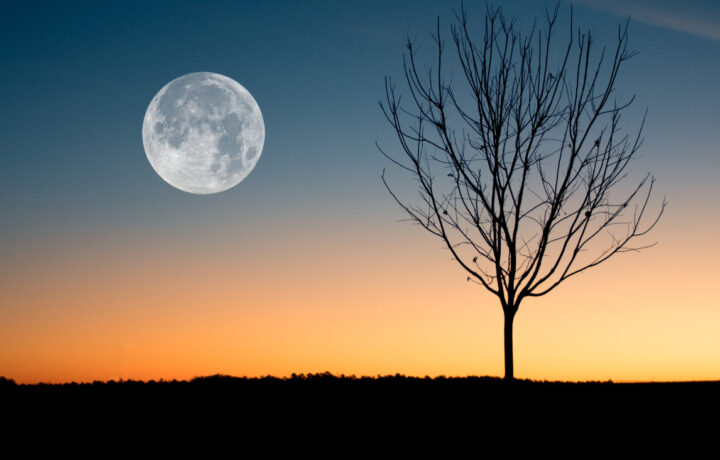Things went sour for Russia over the weekend, with the Russian spacecraft Luna-25 preparing for lunar landing. On Saturday, the robotic spacecraft crashed into the Moon after it began spinning in an uncontrolled orbit. By Sunday, all eyes had turned to India and their lunar landing attempt, later this week.
Unfortunate Situation for Russia
On August 10, a high level of excitement surrounded a Russian launch. After launching from the Vostochny Cosmodrome, the Luna-25 disappointingly had lunar orbital problems prior to its scheduled landing. Quickly traversing a more direct course to the Moon’s south pole, Russia targeted a landing for yesterday, eclipsing India’s Chandrayaan-3 lunar landing by two days.
Planning for decades, the mission was to be a test for Russia. As the Ukraine War drags on, nearly all its space ties with the West have been severed. A recent statement by the Russian space agency Roscosmos stated the Luna-25 mission would be orbiting the Moon for nearly seven days before descending to the landing site near the south pole. Unfortunately, the crash further delays Russia’s first landing in over 47 years.
Waiting for Indian Success
Nearly a month earlier, the Indian Space Research Organization (ISRO) launched a rocket with a lunar landing spacecraft from southern India on July 14. Also destined for the south pole of the Moon, the Chandrayaan-3 lander is scheduled to touchdown on Wednesday, August 23.
Officially, India has been downplaying any race with Russia, stating that there is no competition. However, India’s space agency released images of the Moon from the “Chandrayaan-3” spacecraft, as it approached the lunar south pole.
Rough terrain had complicated landings on the lunar south pole in the past. In 2019, a Chandrayaan mission by the ISRO crashed near the projected Chandrayaan-3 landing site. A successful Moon landing would allow India to emerge as a space power, potentially spurring investments in private space launches and satellite-based businesses.
Is it all about bragging rights?
Both India and Russia have national interests in successful landings, beyond the desire to be historically first. The southern region of the Moon is unexplored territory, with some scientists believing the area contains water ice. The water ice could be used for fuel, oxygen and potentially drinking water for future lunar missions or colonies.
Beyond the water ice potential, there is scientific evidence of rare earth metals on the Moon. These metals are hard to find on Earth, but are desirable for manufacturing in many electronic, optical, magnetic, computers and advanced technologies.
Rare earth metals on the Moon include elements such as scandium, a metal like low density aluminum, with a much higher melting point. Russian MIG fighter planes and high-end bicycle frames use small quantities of scandium. Yttrium is another rare earth metal also believed to be on the Moon. It is an additive to strengthen aluminum and magnesium alloys and is used in microwave filter production for radars.
Helium-3 is an isotope of helium, uncommon on Earth, with NASA estimating a million tons exist on the Moon. The isotope could provide nuclear energy in fusion reactors without dangerous waste, according to the European Space Agency. Recovering these materials from the Moon has been the subject of both scientific studies and science fiction such as the movie Moon, a 2009 film starring Sam Rockwell.
Rights to the Moon?
An agreement known as the Moon Treaty (1979), turns jurisdiction of all celestial bodies over to participant countries. All activities would conform to international law, including the United Nations Charter. However, it was never ratified by the U.S., Russia, or China and is therefore of little relevance.
However, India signed the agreement in 1982.




